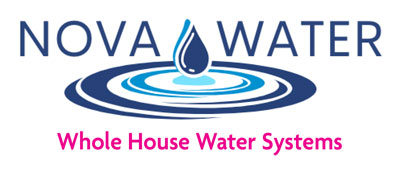When it comes to clean and safe drinking water, there are many options available in the market. One of these options is a point-of-use reverse osmosis (RO) system. This type of water filtration device uses the process of RO to remove contaminants from the water supplied to a single fixture, such as under the kitchen sink. In this article, we will delve deeper into what a point-of-use reverse osmosis system is and how it works.
Understanding Reverse Osmosis
Before we can fully understand what a point-of-use reverse osmosis system is, we must first grasp the concept of reverse osmosis. This process involves forcing water through a semipermeable membrane to remove impurities and contaminants. The membrane has tiny pores that only allow water molecules to pass through while blocking larger particles such as bacteria, viruses, and minerals.
Point-of-Use vs. Whole House Systems
Reverse osmosis systems can be installed at two different points in the household: point of use (POU) or whole house. Point-of-use systems are connected to a single fixture, such as a faucet or fridge, while whole-house systems are installed at the point of entry and filter all the water entering the house.
The advantage of a point-of-use system is that it provides clean drinking water for specific areas where it is needed most. This means that you can have safe and pure drinking water while still using unfiltered water for other purposes, such as laundry or showering. On the other hand, whole house systems filter all the water entering the house, making it suitable for drinking, cooking, and other household activities.
How a Point-of-Use Reverse Osmosis System Works
Now that we understand what reverse osmosis is and the difference between point-of-use and whole-house systems, let’s dive into how a point-of-use reverse osmosis system works. The process begins with the water supply entering the system through a pre-filter, which removes larger particles such as sediment and rust. Depending on the stages of an RO, the next stage can be water passing through one or two carbon block filters to remove bad taste and odors.
From there, the water is pushed through a semipermeable membrane that acts as the main filtration component. This membrane has tiny pores that allow water molecules to pass through while blocking contaminants. The filtered water then goes through a post-filter, which further removes any remaining impurities before reaching the faucet.
To prolong the life of the system and ensure optimal performance, it is essential to regularly replace the pre- and post-filters as recommended by the manufacturer. The semipermeable membrane should also be replaced every 3-5 years, depending on water usage and quality.
Benefits of a Point-of-Use Reverse Osmosis System
There are many benefits to installing a point-of-use reverse osmosis system in your home. Some of these include:
- Provides safe and great-tasting drinking water: The RO process removes up to 99% of contaminants commonly found in tap water, including lead, chlorine, and bacteria.
- Convenient and cost-effective: Having a point-of-use system means you don’t have to buy bottled water or rely on other filtration methods. This can save you money in the long run.
- Easy to install and maintain: Point-of-use systems are typically easy to install and require minimal maintenance. As mentioned earlier, regular filter replacements are necessary, but other than that, the system should function with little to no effort on your part.
Conclusion
A point-of-use reverse osmosis system is a water filtration device that uses the process of reverse osmosis to remove impurities and contaminants from the water supplied to a single fixture. This type of system offers many benefits, including providing safe and great-tasting drinking water, convenience, cost-effectiveness, and easy maintenance. If you are looking for expert water filtration services for your home, consider Nova Water. Our mission is to provide high-quality water filtration solutions for residents of the city or well water. Contact us today to learn more and improve the quality of your drinking water!

